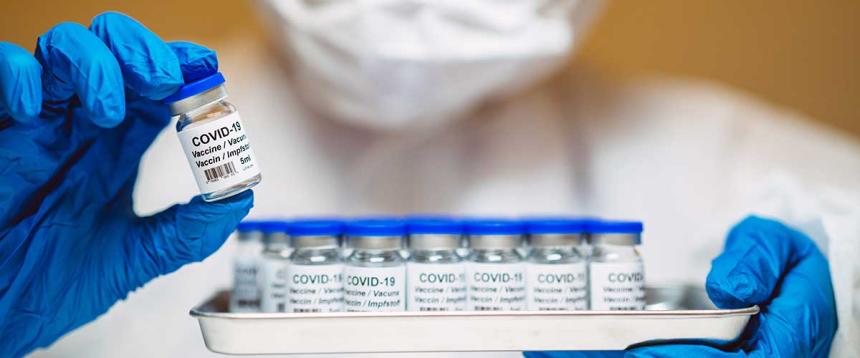Understanding the Side Effects of the New COVID-19 Vaccines

A few weeks ago, several of my MDVIP colleagues and I took part in AstraZeneca's phase 3 clinical trial of a COVID-19 vaccine. We still don't officially know which of us received placebo and which of us received the real deal. But I'm pretty certain I got the actual vaccine.
Why? Side effects.
While my colleagues experienced zero side effects, I had 12 hours of discomfort — chills, fever, headache, general soreness, sweats. They were gone within a day, with no lingering impact.
It's no surprise that I experienced side effects — or that participants in the Pfizer or Moderna vaccine trials also did. In fact, it would be unusual if some recipients didn't experience side effects. Side effects are often a sign that a vaccine is working.
In the case of the Pfizer vaccine, data from phase 2 and phase 3 trials indicate that among people ages 16 to 55, more than half experienced fatigue and headaches. A third had chills and muscle pain. Fortunately, these effects were slightly less pronounced in people older than age 55. Out of more than 40,000 participants, four patients who received the vaccine experienced Bell's palsy, a temporary weakness or paralysis of face muscles. But researchers and the FDA say that this rate wasn't significantly higher than normal instances in the general population.
These side effects quickly went away.
In England, two people who received early doses had allergic reactions, and health officials are warning people with a history of adverse allergic reactions to skip the vaccine for now.
What I experienced are classic side effects of many vaccines, not just the vaccines that are being developed for COVID-19. The flu vaccine, for example, often produces side effects similar to the flu: headache, fever, nausea and muscle aches. Many vaccines also produce what we call injection-site issues: soreness, redness and/or swelling from the injection itself.
Other vaccines can cause mild fever, chills, fatigue, headache, muscle and joint aches along with injection site issues, according to the U.S. Department of Health and Human Services.
While not trivial, these reactions are not considered serious. Serious side effects, HHS says, affect one or two people out of every million doses of vaccine. In fact, our government tracks instances of serious side effects through a system called Vaccine Adverse Effect Reporting. And the states will be tracking adverse reactions to the COVID vaccines as well as pat of Operation Warp Speed.
You'll probably hear a lot about side effects as these vaccines role out in the next few months.
You may also hear from people or groups who have had serious adverse reactions to other types of vaccines. While tragic, these adverse effects are a small percentage of people who receive vaccines. The risk is very, very small.
Vaccines are designed to prevent diseases that carry much greater risks than the vaccine itself — in the case of COVID-19, severe illness and death. Keep that in mind as you hear or read about side effects. Just because a vaccine carries with a risk for side effects, doesn’t mean it’s dangerous.
Your MDVIP-affiliated doctor is an excellent source of information about the vaccine and about any potential side effects. He or she can help you evaluate your risks and, when a vaccine is available, help you decide if it's right for you.
For me, getting the vaccine was the right decision, even if I endured some discomfort for half a day. And, just as they did for me, side effects went away fairly quickly for participants in the Pfizer trials.
Finally, since the COVID-19 vaccines require two doses, I'm not going to let a temporary reaction stop me from getting my second dose. I know that getting COVID is potentially a whole lot more uncomfortable than my vaccine experience.


